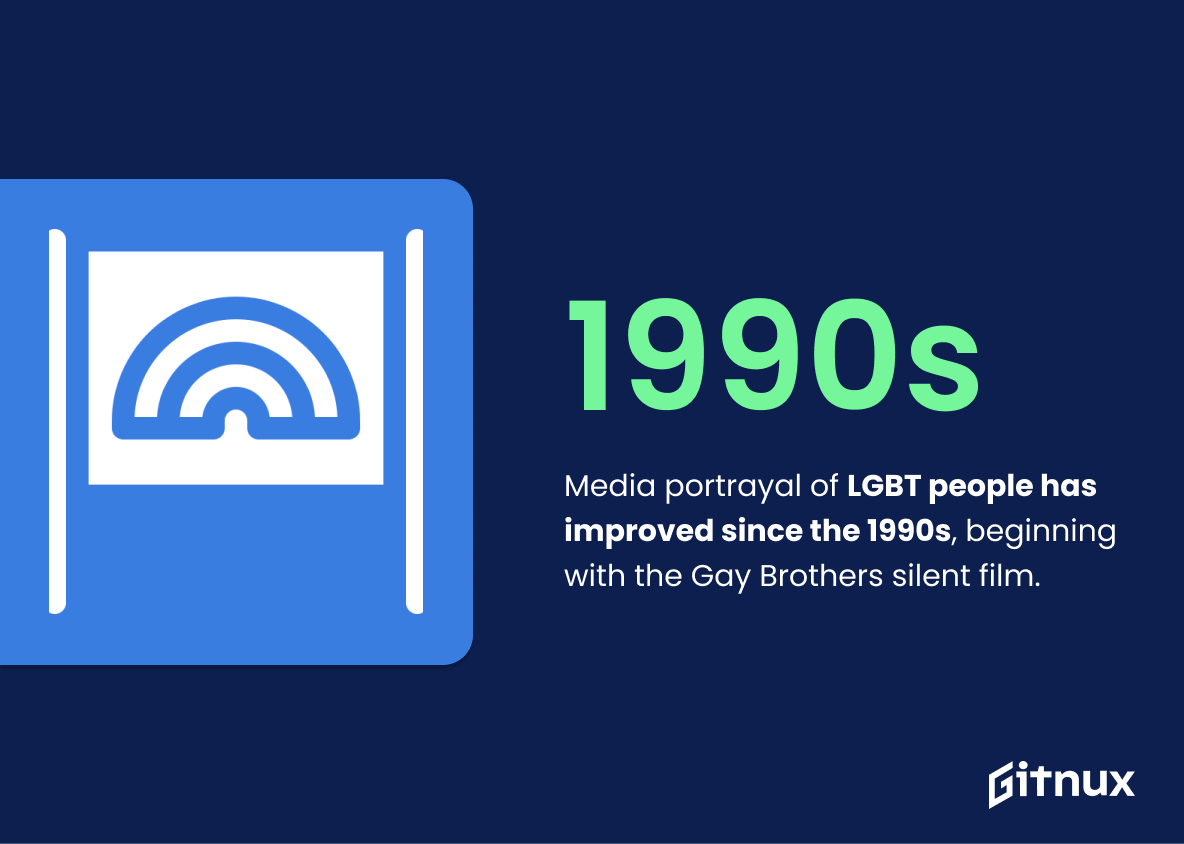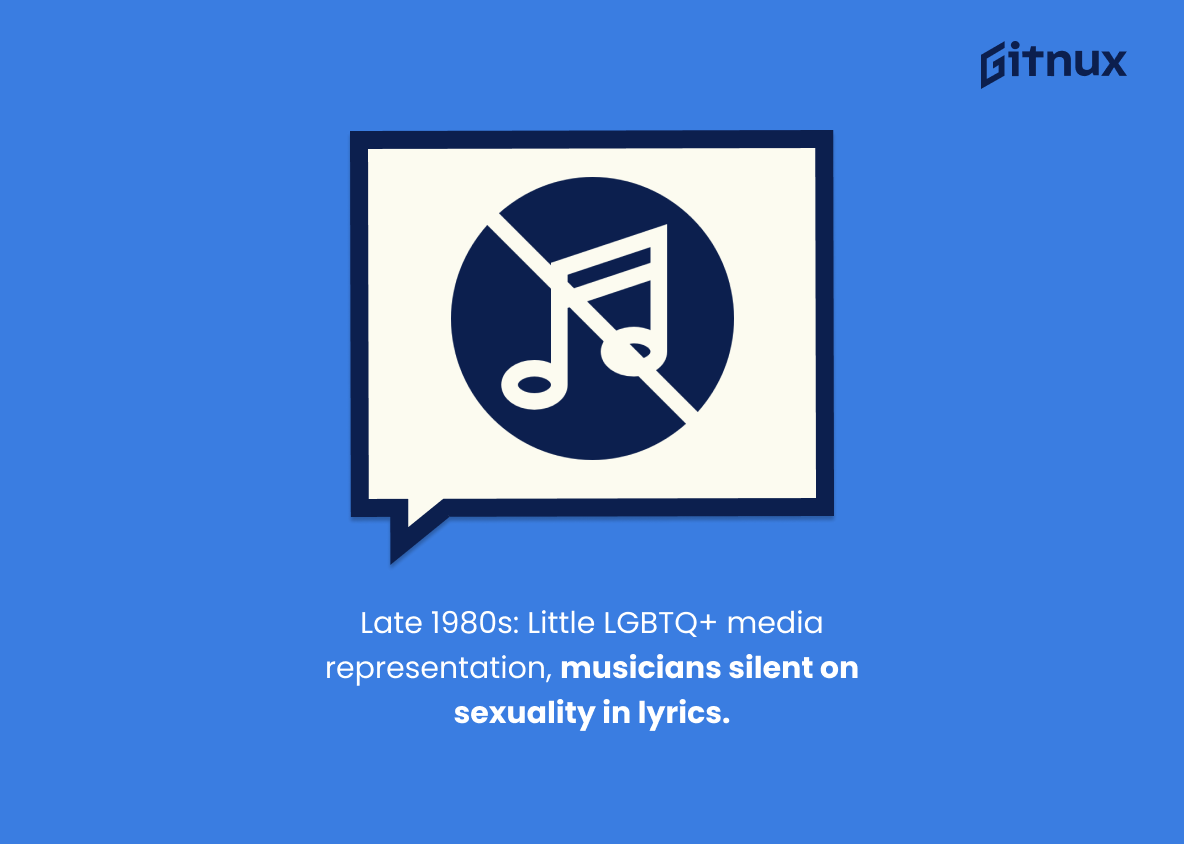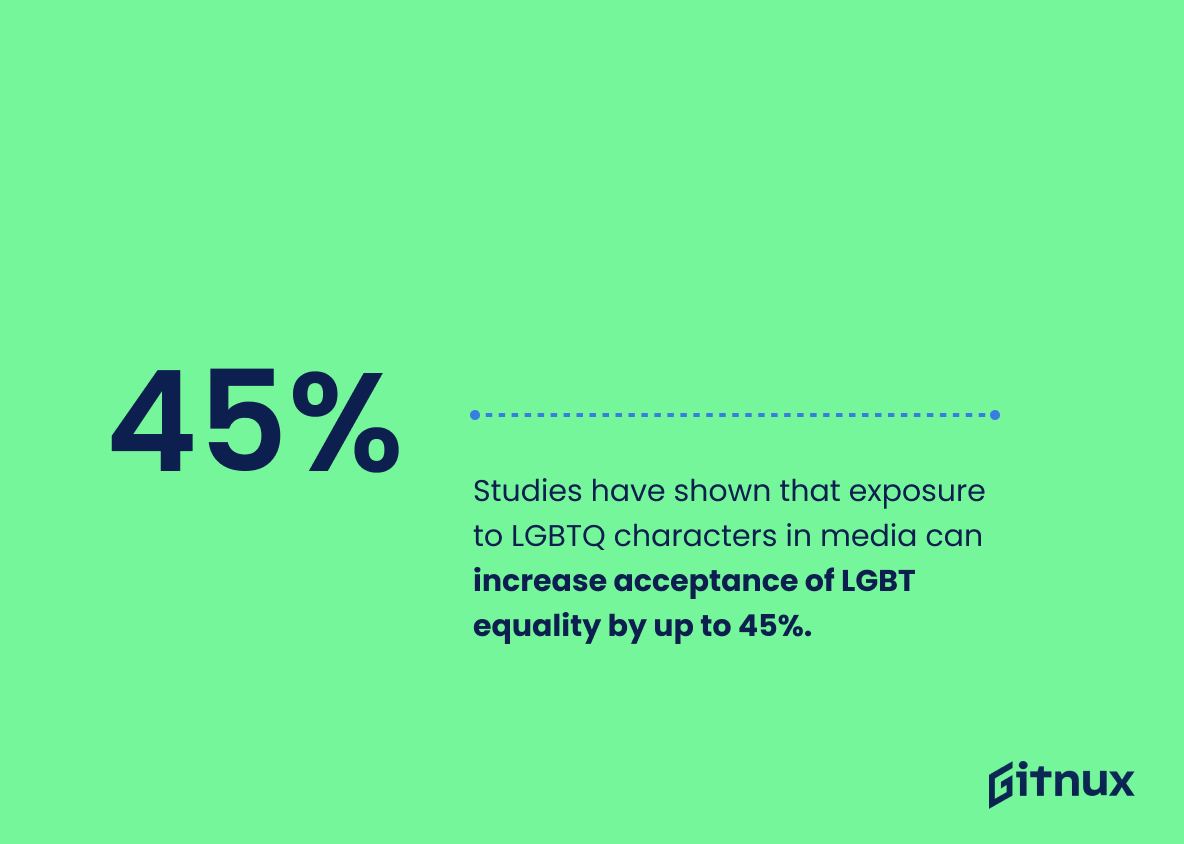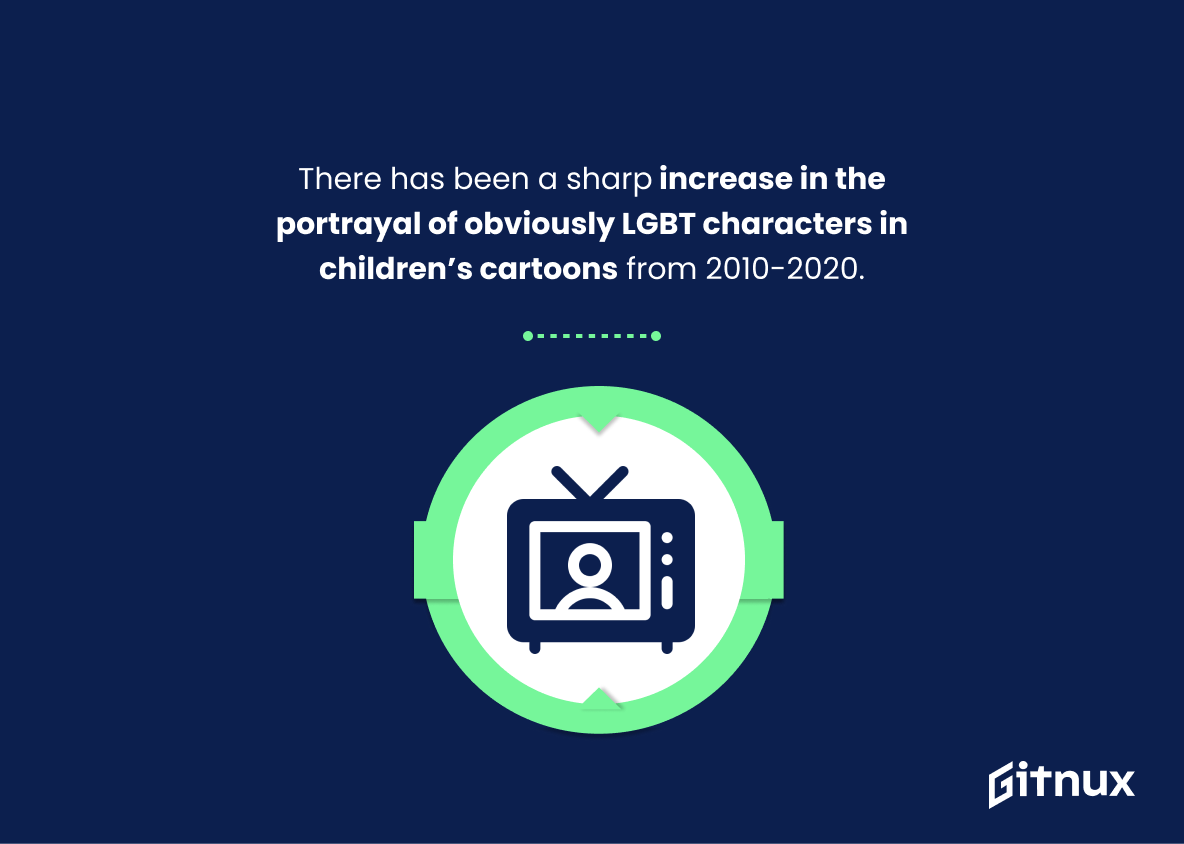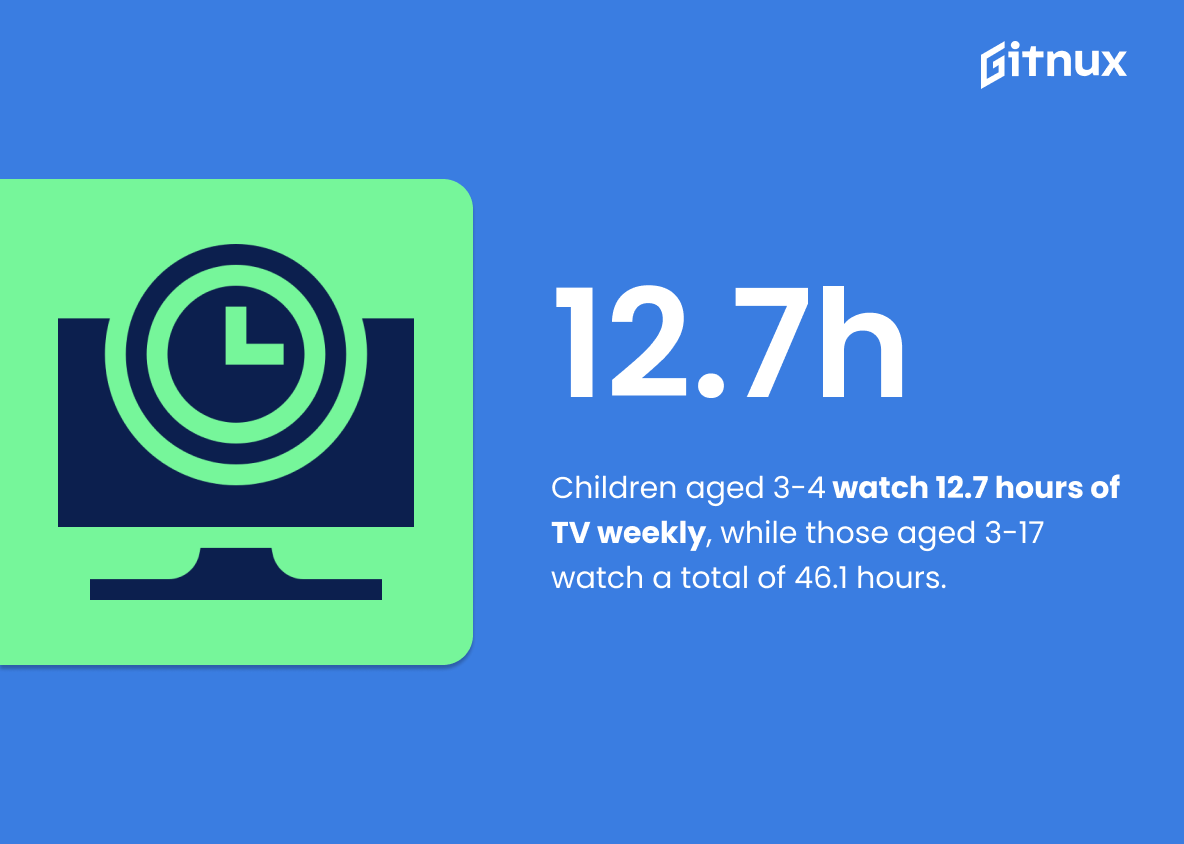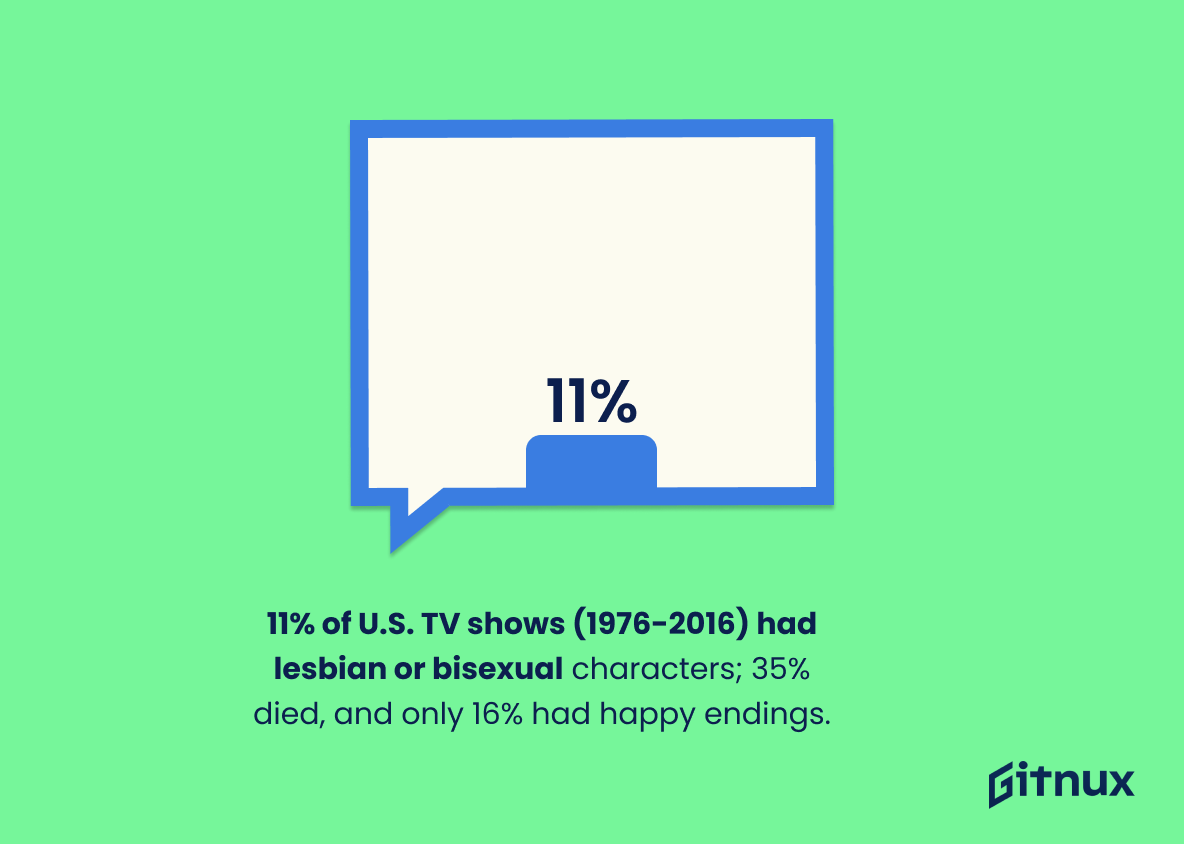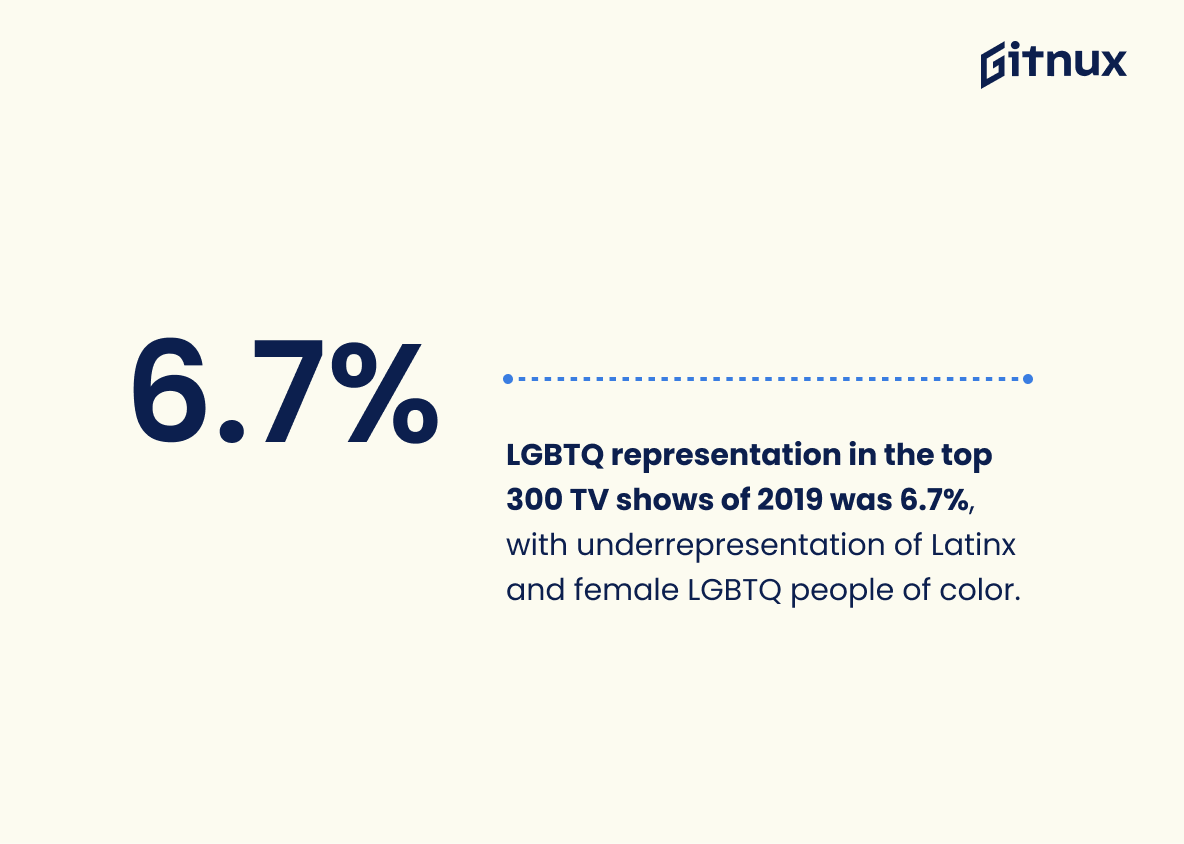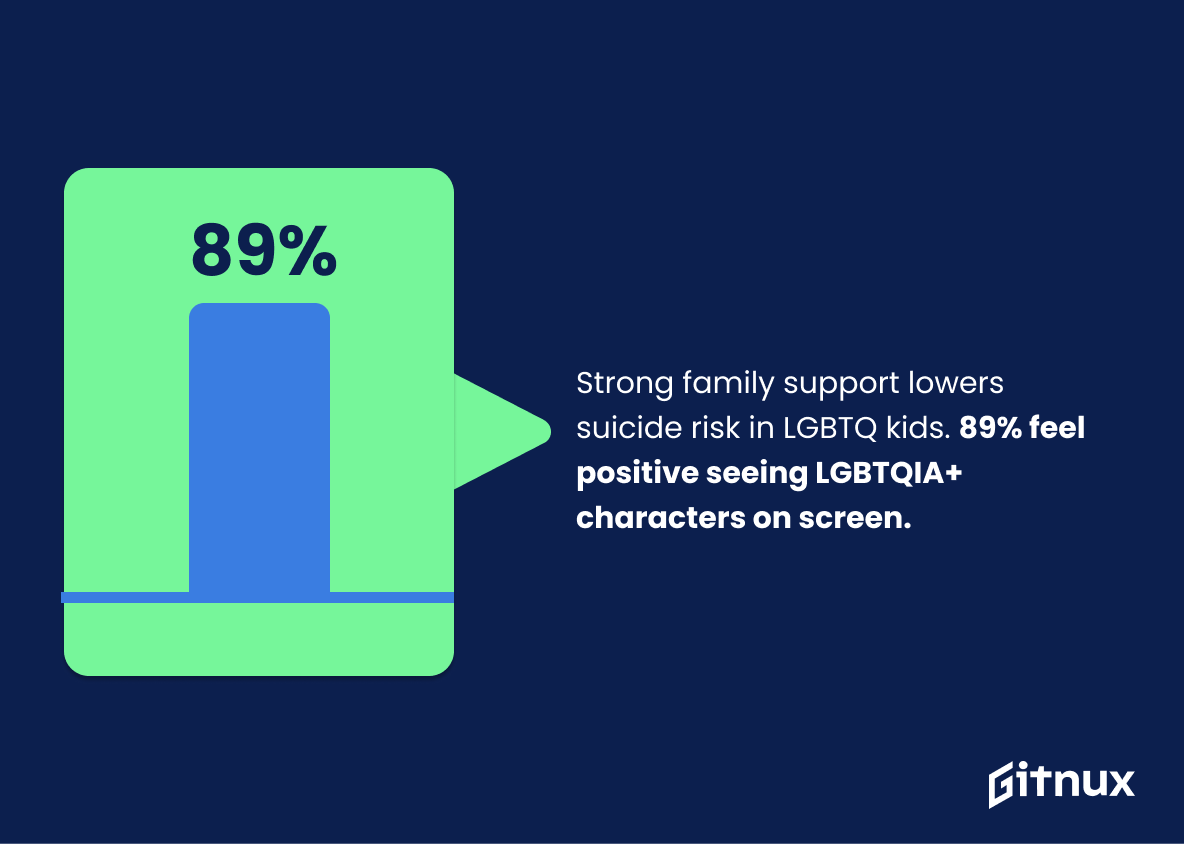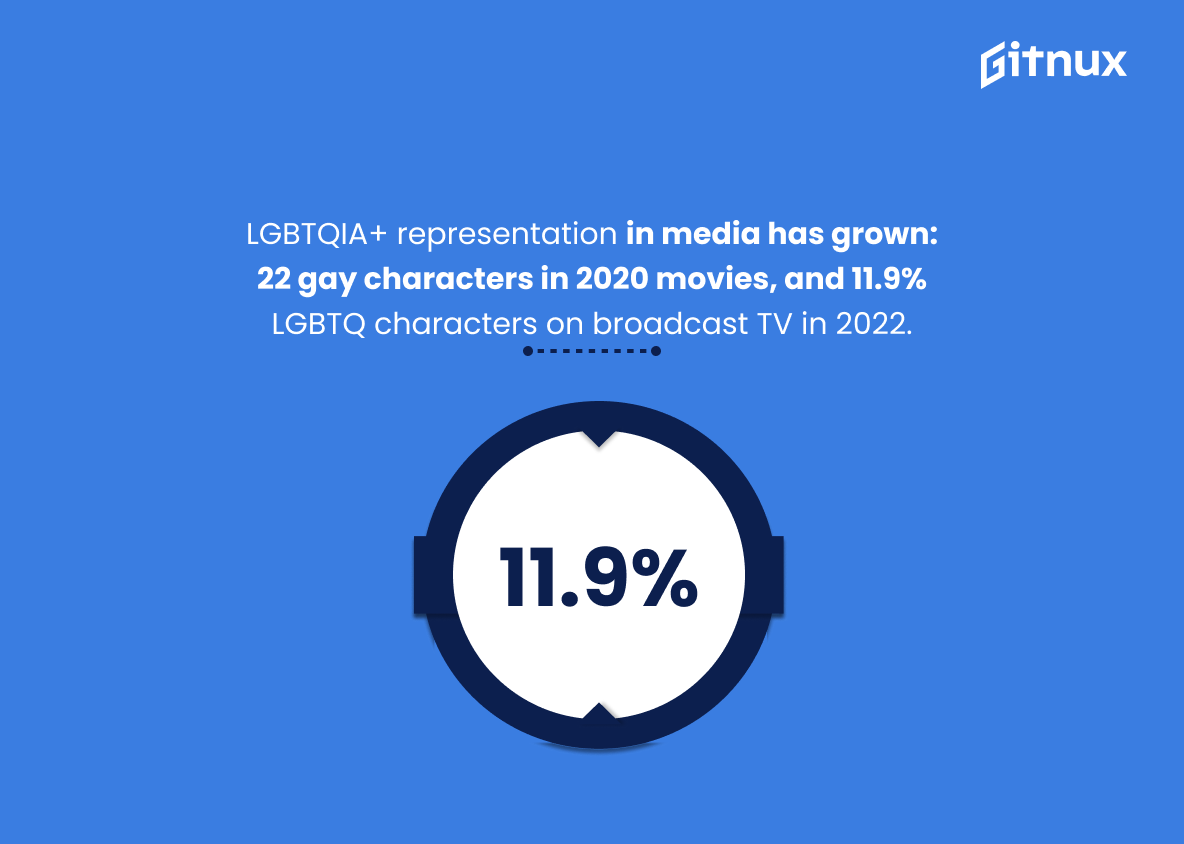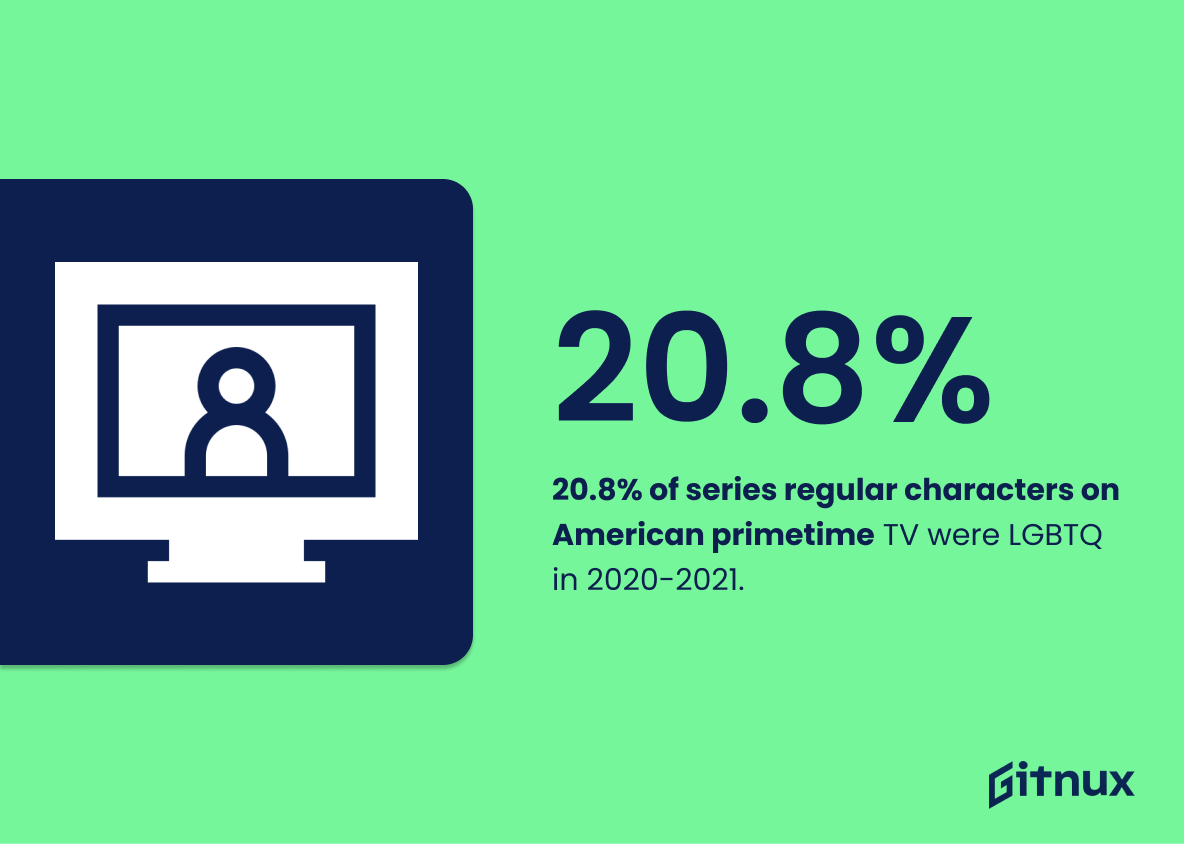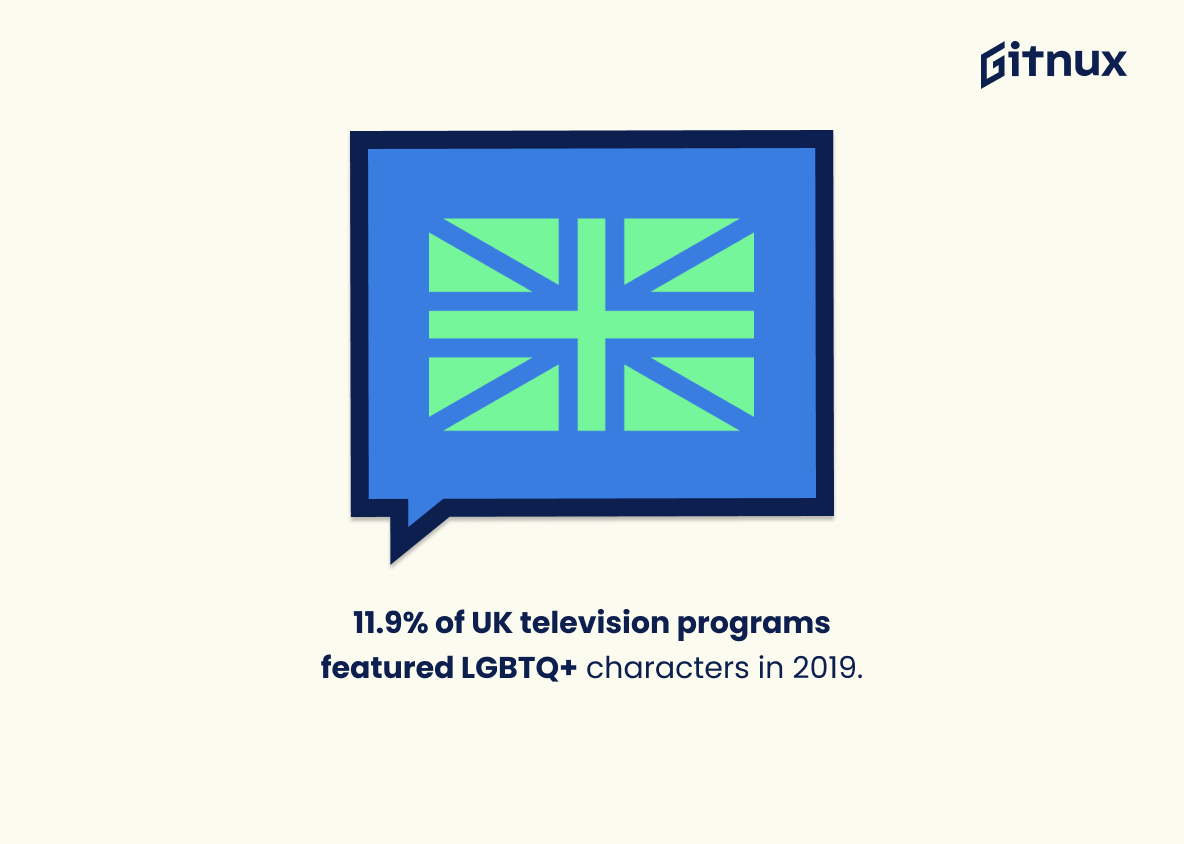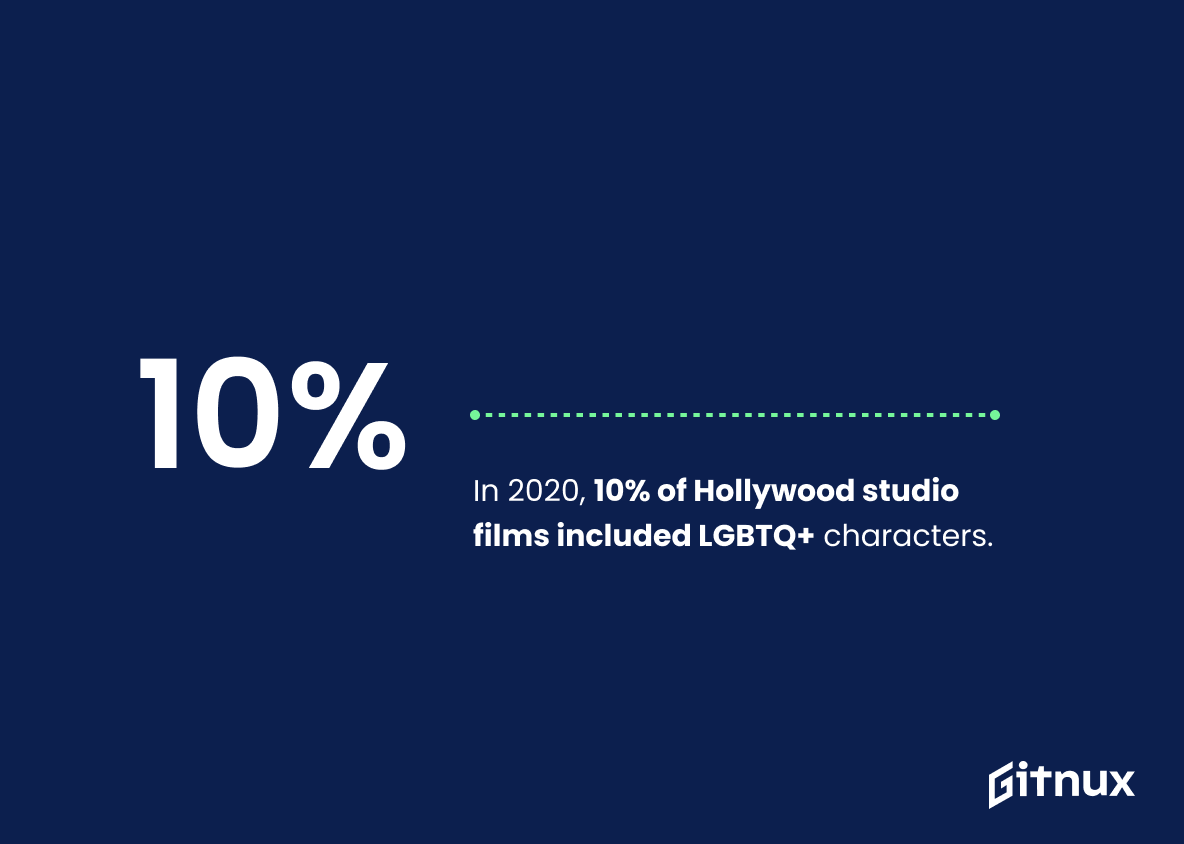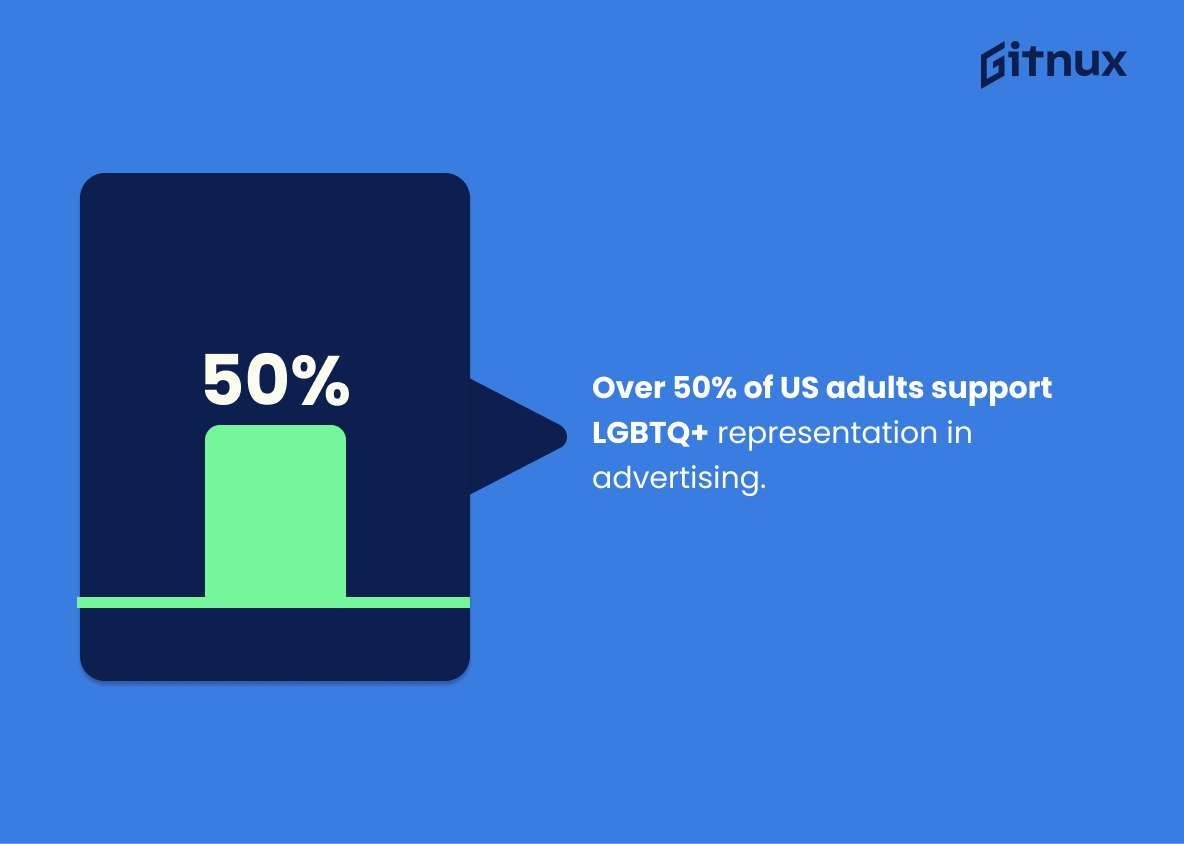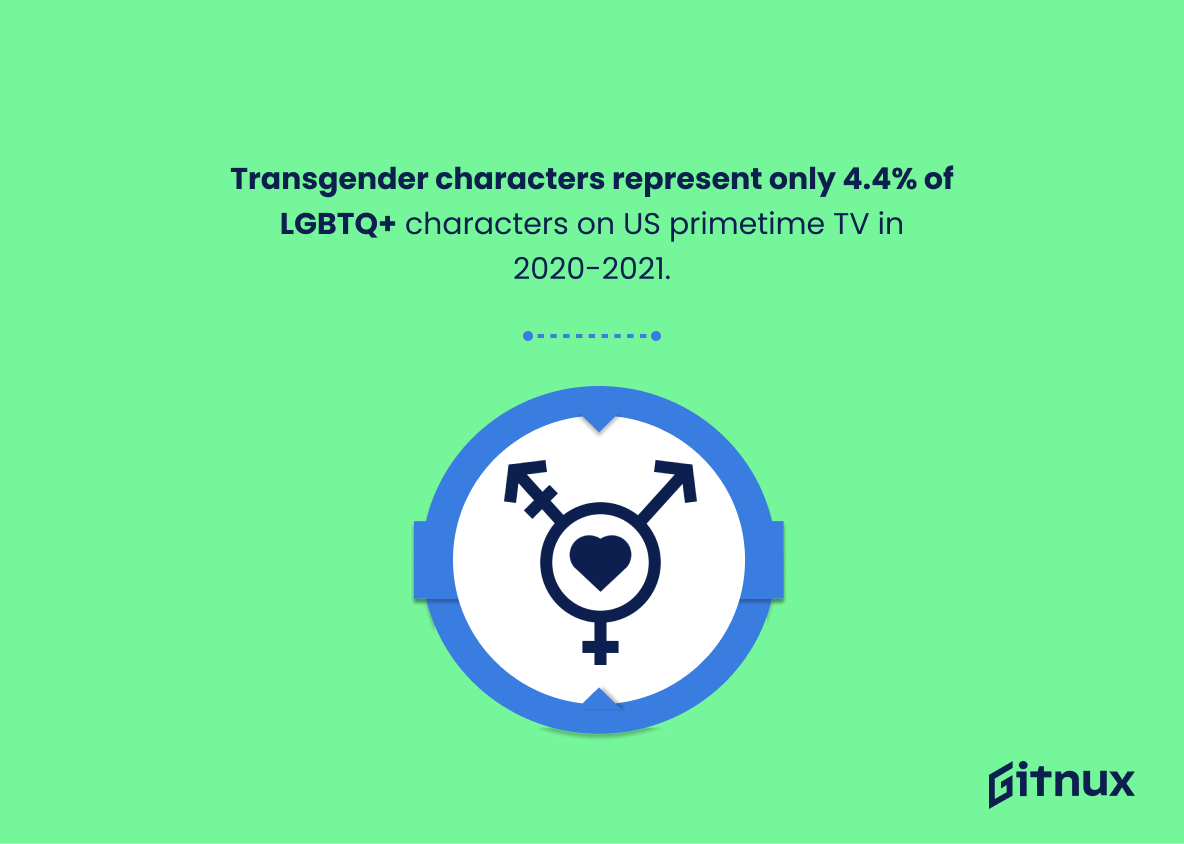The media has a powerful influence on how we view the world, and it is essential that it accurately represents the diversity of our society. LGBT representation in media is an important issue, as it can help to create a more accepting and inclusive society.
In this article, we will take a look at some of the latest statistics on LGBT representation in media, and discuss the implications of these numbers. We will also explore the ways in which the media can be used to promote positive LGBT representation.
LGBT Representation: The Most Important Statistics
Studies have proved that exposure to LGBTQ characters in the media can increase acceptance of LGBT equality by up to 45%.
LGBTQ people make up 6.7% of the top 10 recurring cast members in the top 300 broadcast, cable, and streaming shows in 2019, yet Latinx and female LGBTQ people of color are underrepresented in comparison to their population estimates.
LGBT Representation Statistics Overview
LGBT people have been historically negatively portrayed in the media, but there has been an increase in representation since the 1990s, starting with the first depiction of same-sex encounters in the Gay Brothers silent film.
This highlights the progress that has been made in terms of LGBT representation in the media over the years. It also shows that there is still room for improvement in terms of the representation of LGBT people in the media.
The late 1980s saw limited LGBTQ+ representation in television and films, and musicians often avoided discussing their sexuality in lyrics.
It shows how far the media has come in terms of LGBTQ+ representation since then, and how important it is for the LGBTQ+ community to be represented in the media.
Studies have shown that exposure to LGBTQ characters in media can increase acceptance of LGBT equality by up to 45%.
On this, we can see the power of representation in media to influence people’s attitudes and beliefs. Seeing themselves represented in media can be validating and empowering for LGBT people, and it can also help to combat ignorance and stereotypes.
The 2021 Gallup poll found that 7.1% of Americans identify as lesbian, gay, bisexual, or transgender, and that 1 in 5 Gen Z members identify as such, nearly double the number from 2012.
There is a strong need for increased LGBTQ representation in media. It is significant to accurately reflect the shifting demographics in order to humanize underrepresented communities and promote social acceptance. A standardized indicator of LGBTQ representation can serve as a catalyst for responsibility and increased social acceptance.
There has been a sharp increase in the portrayal of obviously LGBT characters in children’s cartoons from 2010-2020.
There is an increasing effort to represent the LGBTQ+ community in media, which is crucial for young people who identify as LGBTQ+ to be able to see themselves reflected in the media they consume.
On average, children aged 3-4 watch 12.7 hours of TV a week, with the total hours for children aged 3-17 reaching up to 46.1 hours a week.
This demonstrates that young children are exposed to a significant amount of television and other media, and therefore, it is important that they are exposed to positive and accurate portrayals of LGBTQ+ people in order to better understand and accept their experiences.
11% of U.S. television shows from 1976 to 2016 contained lesbian or bisexual female characters, and of those, 35% saw them die and only 16% had a happy ending.
Thus, it shows that lesbian and bisexual characters are often not given happy endings, and instead are more likely to experience unfavorable outcomes or even death. This can send a negative message to viewers about LGBT people and can contribute to a culture of discrimination.
LGBTQ people make up 6.7% of the top 10 recurring cast members in the top 300 broadcast, cable, and streaming shows in 2019, yet Latinx and female LGBTQ people of color are underrepresented in comparison to their population estimates.
This highlights the need for greater diversity in LGBTQ representation in media, which can help to create a more inclusive society.
LGBTQ children with strong family support are less likely to experience suicidal thoughts; 89% of LGBTQ young people feel good about themselves when they see LGBTQIA+ characters represented in television and movies.
Seeing characters who resemble them in popular culture not only makes LGBT children feel less alone, but it also educates and informs the adults who must assist them.
LGBTQIA+ representation in media has increased over the years, with 22 characters identified as gay in 118 big studio movies in 2020 and 92 characters (11.9%) identified as LGBTQ in broadcast television in 2022.
It shows that the LGBTQIA+ community is becoming more represented in media, which can be powerful for members of the community to watch themselves on screen for the first time. This can provide a sense of belonging and acceptance.
Supplementary Statistics
20.8% of series regular characters on American primetime TV were LGBTQ in 2020-2021.
It shows that the industry is taking steps to ensure that LGBTQ characters are being included in their programming, which is a positive sign for the future of LGBTQ representation in media. This statistic is also important because it highlights the need for further progress to be made in order to ensure that LGBTQ characters are represented in a meaningful and accurate way.
11.9% of UK television programs featured LGBTQ+ characters in 2019.
Thus, the industry is taking steps to ensure that LGBTQ+ characters are being included in programming, which is a positive sign for the future of LGBTQ+ representation in media.
In 2020, 10% of Hollywood studio films included LGBTQ+ characters.
Despite the long-standing lack of representation in the industry, there is a growing trend of inclusion and acceptance of LGBTQ+ characters in mainstream films. This statistic is a testament to the hard work of LGBTQ+ activists and allies in pushing for greater visibility and representation in the media.
Over 50% of US adults support LGBTQ+ representation in advertising.
A majority of US adults are in favor of seeing LGBTQ+ people represented in advertising, which is a huge step forward in terms of acceptance and visibility. This statistic is an important reminder that the fight for LGBTQ+ rights is far from over, but that there is hope for a more inclusive future.
Transgender characters represent only 4.4% of LGBTQ+ characters on US primetime TV in 2020-2021.
This highlights the need for more transgender characters to be included in the media, as they are currently vastly underrepresented. This statistic is an important indicator of the progress that needs to be made in order to ensure that transgender people are accurately and fairly represented in the media.
Black LGBTQ+ characters represented 22% of total LGBTQ+ characters on broadcast TV in 2020-2021.
There is a growing presence of Black LGBTQ+ characters on broadcast TV, which is a positive step towards greater inclusivity and visibility of the LGBTQ+ community. This statistic is also a reminder that there is still a long way to go in terms of achieving true representation and equality for all members of the LGBTQ+ community.
57% of US adults think that LGBTQ+ representation in media has a positive impact on societal acceptance.
A majority of US adults recognize the importance of LGBTQ+ representation in media and its ability to positively influence public opinion. This statistic is a testament to the fact that the LGBTQ+ community is increasingly being accepted and embraced by the public, and that media representation is playing a key role in this process.
40% of all the LGBTQ+ characters featured in the highest-grossing 100 films of 2019 were women.
Women are increasingly being featured in the highest-grossing films of the year, which is a positive step forward in terms of representation. This statistic is a testament to the fact that LGBTQ+ characters are becoming more visible in mainstream media, and that women are being given a platform to tell their stories.
In 2020, Disney+ was the only streaming service without LGBTQ+ representation in its scripted original programming.
This highlights the need for more inclusive content that accurately reflects the diversity of the LGBTQ+ community. This statistic is a call to action for streaming services to create more content that is representative of the LGBTQ+ community and to ensure that all viewers have access to content that is reflective of their experiences.
Of 109 movies released by major studios in 2017, 14 had LGBTQ+ characters.
Despite the fact that LGBTQ+ characters are still underrepresented in major studio films, there has been a significant increase in the number of films featuring LGBTQ+ characters in recent years. This is an encouraging sign that the industry is beginning to recognize the importance of including diverse characters in their films.
Only 6.1% of speaking or named characters in American animated children’s shows in 2020 had LGBTQ+ identities.
Therefore, there is a need for more diverse representation in media, as it is essential for children to see characters that reflect their own identities and experiences. This statistic is a call to action for media producers to create content that is more inclusive and representative of the LGBTQ+ community.
In 2017, 37% of series regular LGBTQ+ characters on television were bisexual.
Thus, bisexual characters are often overlooked and underrepresented in television, despite making up a significant portion of the LGBTQ+ community. This statistic is a call to action for media creators to ensure that bisexual characters are given the same level of visibility and representation as other members of the LGBTQ+ community.
Since 2014, there has been an 83% increase in LGBTQ+ representation in scripted television.
There has been a significant increase in the number of LGBTQ+ characters appearing on television, which is a positive step towards greater visibility and acceptance of the LGBTQ+ community. This statistic is an important reminder that representation matters and that progress is being made in the media industry.
LGBTQ+ characters represented only 8.8% of regular characters in scripted cable TV shows during 2018-2019.
This shows the need for more diverse representation in the media, as only 8.8% of regular characters in these shows were LGBTQ+ during 2018-2019. This statistic is a call to action for media producers to create more inclusive content that accurately reflects the diversity of the real world.
4% of regular characters on US primetime television in 2012 were LGBTQ+.
This statistic serves as a call to action for media outlets to make a conscious effort to include more LGBTQ+ characters in their programming.
In 2018, only 10% of LGBTQ+ character narratives on TV lasted over 5 episodes.
Despite the progress made in recent years, there is still a long way to go in terms of providing LGBTQ+ characters with the same level of visibility and longevity as their heterosexual counterparts. This statistic serves as a call to action for the media industry to create more meaningful and lasting narratives for LGBTQ+ characters.
Netflix had a 20% share of LGBTQ+ character representation within its original series during 2021.
Netflix is taking steps to ensure that its original series are inclusive and representative of the LGBTQ+ community. This statistic is a positive sign that more and more media outlets are recognizing the importance of including LGBTQ+ characters in their content.
Only 17% of LGBTQ+ characters on primetime broadcast scripted series in 2019-2020 were Asian Pacific Islander characters.
This displays the need for more diverse representation in media, as Asian Pacific Islanders are an integral part of the LGBTQ+ community. This also serves as a call to action for media producers to create more inclusive and diverse stories that accurately reflect the LGBTQ+ community.
Conclusion
LGBT representation in media is on the rise, but there is still a long way to go. While some progress has been made in recent years, there is still a lack of diversity and representation in the media. This is especially true for transgender and non-binary people, who are often left out of the conversation.
We must continue to push for more inclusive representation in the media, and to make sure that everyone is seen and heard. Only then can we truly create a society that is accepting and inclusive of all people.
References
https://www.tandfonline.com/doi/abs/10.1080/15295039309366878?journalCode=rcsm19
https://www.oprahdaily.com/entertainment/tv-movies/a40369004/lgbtq-representation-in-television-history/
https://heckinunicorn.com/blogs/heckin-unicorn-blog/queer-representation-in-media-comprehensive-list-breakdown-lgbt
https://www.weforum.org/agenda/2022/05/why-lgbtq-representation-should-be-a-priority-for-business-and-media/
https://www.npr.org/2021/06/30/1011310695/after-decades-in-the-background-queer-characters-step-to-the-front-in-kids-media
https://www.actionforchildren.org.uk/blog/representation-matters-are-lgbtq-young-people-seeing-themselves-represented-in-the-media/
https://variety.com/2016/tv/opinion/the-100-lexa-jason-rothenberg-1201729110/
https://www.nbcnews.com/feature/nbc-out/presence-vs-representation-report-breaks-down-lgbtq-visibility-tv-n1251153
https://www.parents.com/parenting/dynamics/lgbtq/why-lgbtqia-representation-tv-shows-and-movies-is-so-important/
Pride Month 2022 in Hollywood: Why Representation Matters
https://www.variety.com
Home
https://www.macquarie.com
https://www.edition.cnn.com
Home
https://www.lgbtadvertisingstudy2017.files.wordpress.com
https://www.news.gallup.com
